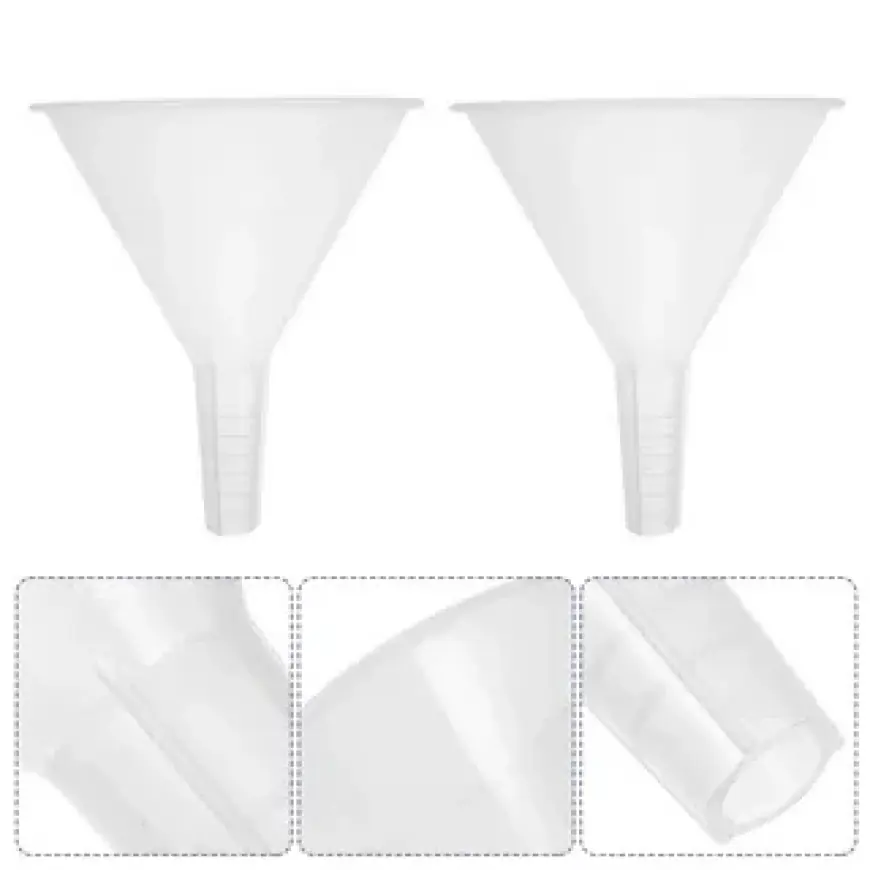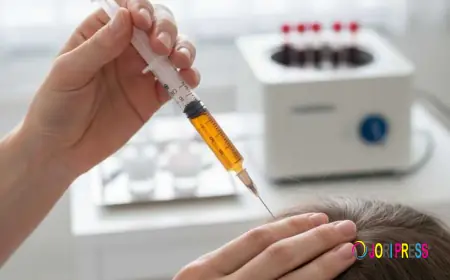Laboratory Funnel Essentials Designed for Accuracy and Laboratory Safety

Laboratory work demands precision, safety, and reliability. Among the many tools that scientists, researchers, and technicians rely on, the laboratory funnel stands as a fundamental yet indispensable piece of equipment. Though it may seem simple, the design and quality of laboratory funnels can significantly impact the accuracy of experiments and the safety of the working environment. This article explores the essential features of laboratory funnels, their types, and why selecting the right funnel is critical for accuracy and safety in laboratory settings. Whether you are working in chemical analysis, biology, pharmaceuticals, or educational laboratories, understanding the role of laboratory funnels helps ensure precise results and safe handling of materials.
What Is a Laboratory Funnel?
A laboratory funnel is a conical device designed to channel liquids or powders into containers with small openings without spillage. Funnels facilitate the transfer of substances and often play a role in filtration processes. Their shapes and sizes can vary, depending on the specific use case and the types of materials handled.
Despite its straightforward appearance, the laboratory funnel is a carefully engineered tool that supports the integrity of experiments and safeguards against contamination or accidents.
Key Features of Laboratory Funnels for Accuracy
Accuracy in the laboratory is paramount. Even the smallest error in measurement or transfer can lead to faulty results or wasted resources. Laboratory funnels contribute to accuracy in the following ways:
-
Precise Flow Control
The shape and size of a funnel’s stem influence how smoothly liquids flow through it. A narrow stem allows for controlled pouring, reducing splashes and spills that can lead to measurement errors. Precision funnels often have tapered stems designed to fit tightly into containers. -
Material Compatibility
Funnels come in various materials, such as glass, plastic, and stainless steel. The choice of material affects chemical compatibility and prevents reactions that might alter the sample. For example, glass funnels are resistant to most chemicals and provide excellent visibility during transfers. -
Smooth Surface Finish
A smooth interior surface prevents residues from sticking, ensuring complete transfer of liquids or powders. This characteristic helps maintain sample integrity, particularly when dealing with small quantities. -
Graduated Funnels
Some laboratory funnels come with graduations or markings that help measure volumes during transfer, further improving accuracy.
Laboratory Funnel Designs That Promote Safety
Handling chemicals and biological samples involves inherent risks, including exposure to hazardous substances and spills. Laboratory funnels designed with safety features help reduce these risks:
-
Chemical Resistance
Funnels made from chemically resistant materials like borosilicate glass or certain plastics can safely handle corrosive substances without degradation or contamination. -
Heat Resistance
In applications involving heated liquids, funnels must withstand thermal stress without cracking or deforming. Glass funnels are ideal here due to their high heat tolerance. -
Anti-Static Properties
For labs dealing with powders, static buildup can cause powders to stick inside the funnel or even ignite combustible dust. Anti-static funnels help minimise these risks. -
Filter Compatibility
Many funnels support filter papers or membrane filters for separation tasks. Secure filter holders and proper fitting ensure safe and effective filtration without leaks. -
Ergonomic Design
Features such as handles or wide rims allow users to hold the funnel securely, reducing accidental slips and spills.
Types of Laboratory Funnels and Their Uses
Laboratory funnels come in various designs tailored to specific tasks:
-
Standard Funnels
Typically made of glass or plastic, these are general-purpose funnels used for transferring liquids or powders into containers. -
Filter Funnels
These include a support structure for filter paper, enabling the separation of solids from liquids through filtration. -
Separatory Funnels
Used in liquid-liquid extraction, these funnels have a stopcock at the base to allow controlled release of layers. -
Powder Funnels
Designed with wider stems and sometimes with anti-static materials, these are meant for transferring powders without clogging. -
Buchner Funnels
Used with vacuum filtration setups, they have a perforated plate for filter paper and are usually made of porcelain or plastic.
Choosing the correct type depends on the specific laboratory process, sample type, and desired outcome.
Best Practices for Using Laboratory Funnels
To maximise the benefits of laboratory funnels in terms of accuracy and safety, consider the following best practices:
-
Select the Right Funnel Size
A funnel that is too large or too small can cause spills or slow transfer rates. Always match funnel size to the container opening and volume of liquid or powder being transferred. -
Inspect Funnels Before Use
Check for cracks, chips, or residue buildup that could compromise the funnel’s performance or contaminate samples. -
Use Compatible Materials
Avoid chemical reactions by ensuring the funnel material is compatible with the substances handled. -
Secure the Funnel Properly
Place the funnel firmly in the receiving container to prevent slipping. Use clamps or stands if necessary for hands-free operation. -
Clean Thoroughly After Use
Proper cleaning prevents cross-contamination and prolongs the funnel’s usability. Follow manufacturer recommendations for cleaning solvents and methods. -
Use Filters Appropriately
When filtering, make sure the filter paper is properly fitted, and the funnel is designed to hold it securely to avoid leaks or bypass.
Innovations in Laboratory Funnel Design
The evolving needs of modern laboratories have driven innovations in funnel design, improving both accuracy and safety:
-
Disposable Funnels
Single-use funnels reduce the risk of cross-contamination and save cleaning time, especially in sterile environments. -
Graduated Plastic Funnels
Plastic funnels with clear volume markings enhance measurement accuracy for routine transfers. -
Vacuum-Compatible Funnels
Designed to withstand suction forces, these funnels improve filtration efficiency. -
Safety Funnels with Spill Guards
Funnels equipped with splash guards or lids protect users from exposure to hazardous vapours or splashes.Conclusion :
Livingstone International stands as a trusted provider of high-quality laboratory equipment, including precision-engineered laboratory funnels designed to meet the highest standards of accuracy and safety. By choosing Livingstone International’s laboratory funnels, professionals and researchers can be confident in reliable performance, chemical compatibility, and durability essential for demanding laboratory environments. Committed to supporting scientific progress, Livingstone International offers a wide range of laboratory essentials that enhance workflow efficiency while ensuring user safety. Whether for educational, clinical, or industrial laboratories, their products deliver consistent results and peace of mind.
What's Your Reaction?
 Like
0
Like
0
 Dislike
0
Dislike
0
 Love
0
Love
0
 Funny
0
Funny
0
 Angry
0
Angry
0
 Sad
0
Sad
0
 Wow
0
Wow
0

















































